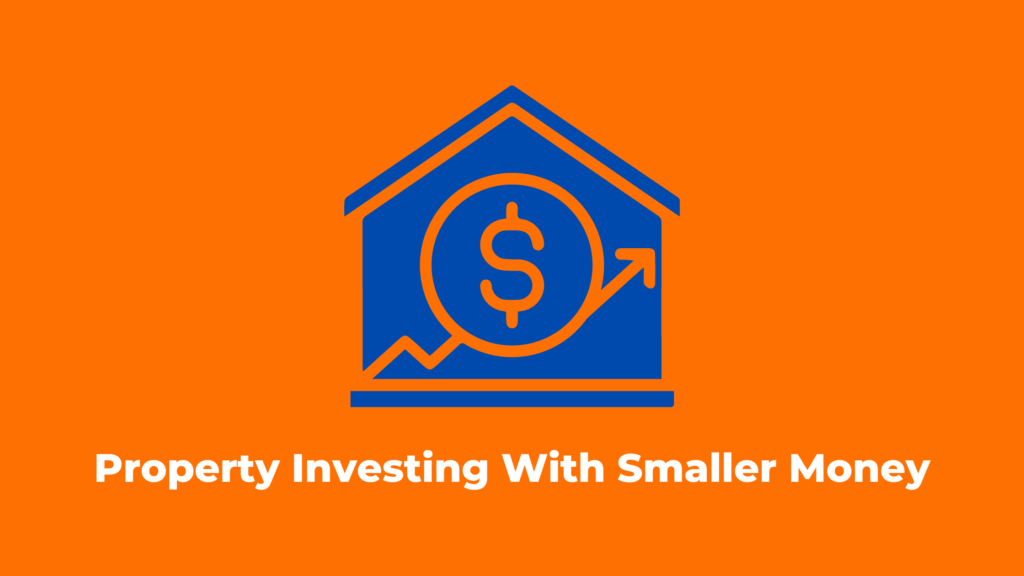The ease with which you can convince yourself that making improvements to your home will increase its value is a problem.
Although this is true for many projects involving home improvement, it rarely increases in value equal to the project’s cost. Some home improvements that decrease value are not worth doing compared to before you did the work, while others may add no value.
Here are ten of the worst examples of this issue, which include projects that result in a net loss and home enhancements that can potentially increase the value of your home if you carefully manage your costs.
Factors That Affect Your Return on Home Improvements
Even though home values have been rising over time, the neighborhood you live in puts a limit on how much your home might be worth.
Keep in mind that there is no straightforward or dependable method for determining how much this affects the resale impact of home improvements. This idea rarely makes one of the projects below net profitable, but it can cause a project that otherwise adds value to lose money.
While you’re at it, think about your DIY project expertise. Doing the work yourself can cut the cost of many of these home renovations in half if you have the necessary skills, making a solid return on investment more feasible.
10 Home Renovations That Will Decrease Your Property Values
1. Adding A Pool Or Hot Tub
A pool is one of the most well-known luxury additions you can make to your house. It provides relaxation during the summer months and is a more entertaining alternative to treadmills or stationary bikes. Owning one also indicates that you have achieved financial success.
The problem is that they are large and costly endeavors. Testing the strength of the ground, leveling the footprint, and installing a water source are all necessary for even the simplest above-ground pool.
A simple pool won’t be enough to drive up the cost in a neighborhood with property values high enough to support it, and a better pool won’t be cheap enough to pay for itself. Even worse, not everyone is interested in a pool. When the time comes to sell, you will exclude a whole group of buyers who do not want to swim, want a yard that is more usable, or don’t want to pay for maintenance.
2. Going Big In The Bathroom
One of the most popular home improvement projects is remodeling the bathroom. Additionally, it is one of the few home improvement projects that have the potential to increase in value near the amount spent on it. However, only if done correctly. In this instance, doing it right means keeping the project simple: new paint, modern lighting, and repairs to any deterioration you’ve caused to the bathroom over time. You may be able to make a profit if you can complete the remodel for less than $5,000.
However, it is more difficult than you might think to keep it below $5,000.It’s tempting to choose stunning high-end flooring once you’ve decided to redo the 1970s linoleum floor. The taps on a new tub suddenly transform into a brand-new tub with jets. Also, while you’re at it, why not upgrade to a dual-action, eco-friendly toilet with that adorable sink spout? That large number of lovely thoughts in the rebuilding magazines can push you to surpass your spending plan on numerous occasions.
In the business of remodeling bathrooms, mission creep is real. If you want your remodeling to cover its costs, resist the temptation.
3. Installing A Sunroom Addition
What’s better than a porch or patio? Adding a sunroom.a large, enclosed space with a lot of windows that let in all the sunlight of the outside without the bothersome wind, rain, or other unpleasantness.
There are two types of sunrooms: solariums and four-season rooms. While a sunroom has regular walls and a greater-than-average number of windows, it feels like a brand-new room compared to a solarium, which has walls entirely made of glass.
4. Building Spaces For Your Side Interests
This classification incorporates a wide cluster of home improvement projects. They all transform a standard room into a space devoted to a single hobby or interest by altering its structure. Even though these are great ways to improve your living space’s quality of life, they hurt the value of your home in two important ways.
The initial cost is the first thing. There is no actual average cost for this broad category, but you will spend four to five figures to get everything just right without increasing the overall value of the home.
Does Shiplap Increase Home Value? If you decide to use shiplap in your home, don’t expect it to raise the value of your home.
Second, potential homebuyers may be turned away by your dedicated hobby room. They don’t see a room that can be anything they want when they look at a home theater. If they don’t want a home theater, they see one, which makes your house less appealing.
As a result, you have two options: either pay to remove the work you added to the room or have fewer interested buyers, which lowers the price you charge to sell it.
5. Designing The Perfect Kitchen
Bathroom and Kitchen Remodeling can be a costly mistake. Major kitchen remodels are part of home renovations that decrease property value with extravagant additions that can cost as much as $50,000 and necessitate a home that is even more expensive to justify.
These calculations also encounter the same issue that was discussed about swimming pools: The amount of work required for a kitchen remodel typically necessitates a home with a higher value yet as homes become more opulent enough to warrant one.
6. Replacing The Carpets
If you have ever replaced the carpets in your house or moved into a new home with brand-new flooring, you can easily understand why some people believe that replacing the carpets will significantly increase the value of the property.
It gives the room an airy, clean appearance and makes it seem larger. Since new carpets make you feel good, it stands to reason that they will also make a potential buyer feel good about your home.
In conclusion: Carpet replacement is riskier than you might initially think it may be. In most cases, it’s best to hire a professional steam cleaner to make your old carpets look like new.
7. Constructing A New Garage Or Expanding An Current
There are numerous reasons to construct a new garage or expand an existing one. They offer a lot of storage, a safe place to park your car, and space for everything from woodworking to exercise. However, increasing your home’s value is rarely on that list.
Having said that, you can get a better return on your garage-related spending with smaller projects like installing high-quality storage, resurfacing the floor, or new garage doors. Each of these can significantly improve curb appeal for less than $5,000.
8. Installing High-End Landscaping
Perhaps you have read or heard that improving your landscaping can improve appraisers’ and potential buyers’ first impressions, thereby increasing the perceived value of your home. When you talk to a real estate agent about how to prepare your home for sale, this is one of the first things they will tell you.
It does not apply to elaborate water features, topiary, irrigation, or any other high-end items that you might be tempted to add following the more-is-better philosophy.
In any event, when you are redesigning to sell, remember that purchasers will likewise be pondering the expense to keep up with the yard. Assuming that it looks extravagant to keep into, it can switch off in any case closely involved individuals.
9. Shenanigans In The Master Suite
If your home is your castle, the master suite is the beautiful interior sanctuary. With a room big enough for a master bedroom, a great closet, and the bathroom addition you’ve always wanted, it’s tempting to make it as nice as possible.
When thinking about resale value, this temptation can be especially strong: When the next people move into your home, why wouldn’t they also want a luxurious place to sleep?
Until you look at the costs of these major home renovations that decrease home value, none of the preceding applies. Projects for master suites come in a wide range of sizes and costs.
10. Preparing For The Apocalypse
Once you get deep enough into the most expensive homes in a metropolis or far enough into the countryside, you start to notice interesting things. These include bunkers, large areas for subsistence gardening, large food storage facilities, backup generators, and water purification systems.
This does not imply that none of these make sense. Having some food and supplies on hand as well as plans for supplying water and power in the event of an emergency is sensible enough, especially in light of what 2020 has taught us about emergency preparedness. However, it is simple to go overboard in this area, both psychologically and financially.
The most important thing to remember is that no matter how much you spend on these projects, they won’t raise the value of your home when you sell it. These enhancements are extremely specialized. They are good for a few people, but they won’t be good for most people who want to buy a home.
Final Thoughts
When you are planning an improvement or remodeling project, the first thing you need to do is ask yourself: “Are you remodeling to improve your quality of life while you are living there, or to increase the home’s value or resale price?”
If the latter is true, these projects—and the majority of them, except a small number—provide an insufficient return on investment to be considered a boost to resale value. From a strictly financial standpoint, they will result in a net loss.
On the other hand, there is nothing wrong with undertaking a project if you do not intend to sell for some time and it will increase your enjoyment of your home during those years. Simply include the cost of redoing that project and making your home more marketable in the work budget.

Pardeep is the founder and editor of Small Investment Ideas. He believes that everyone can change their life with the help of small investments and achieve financial freedom.


